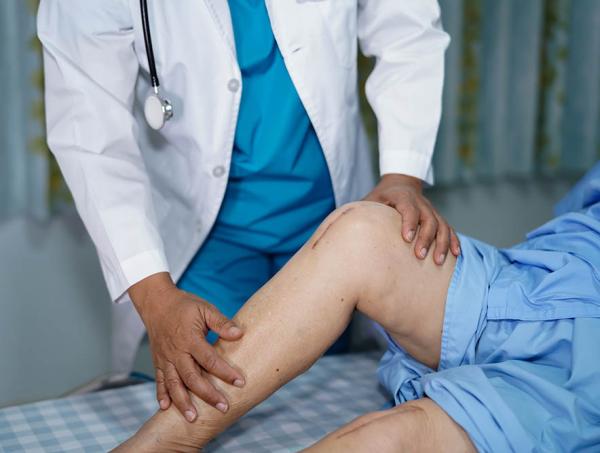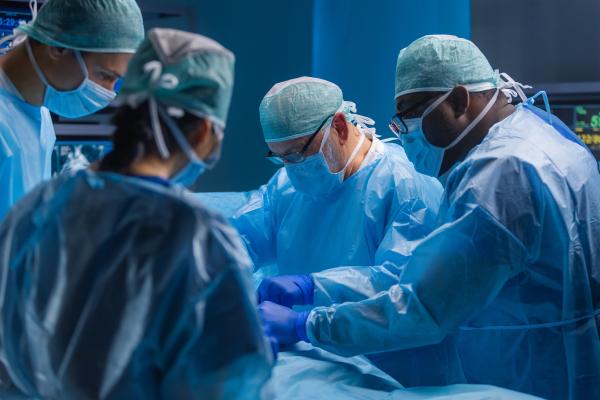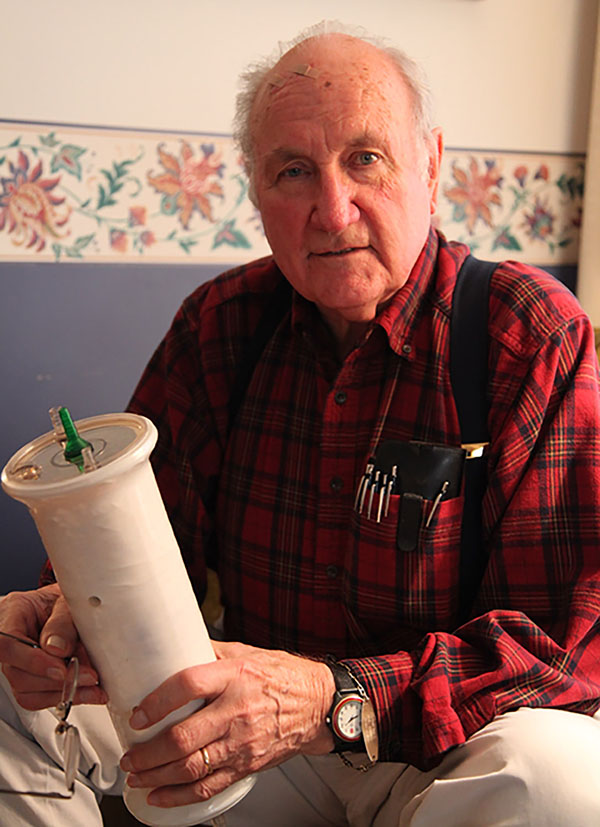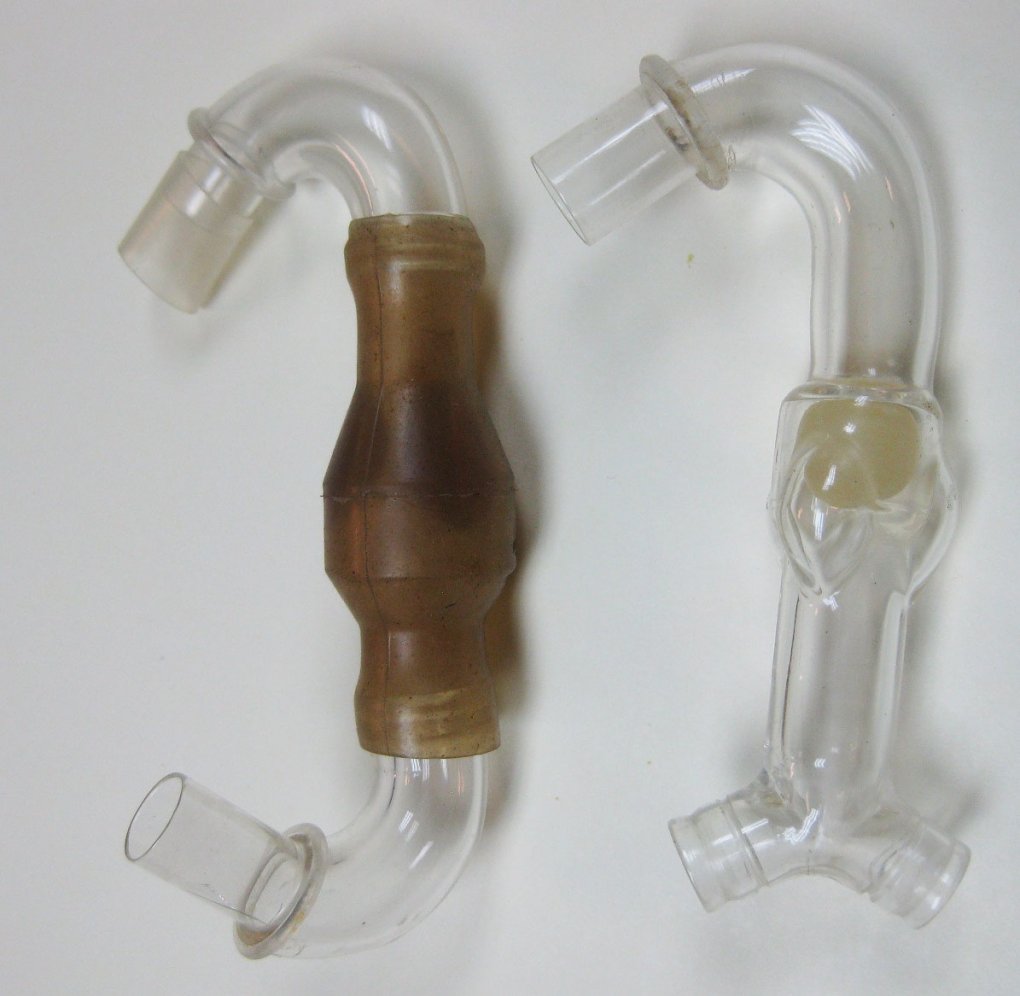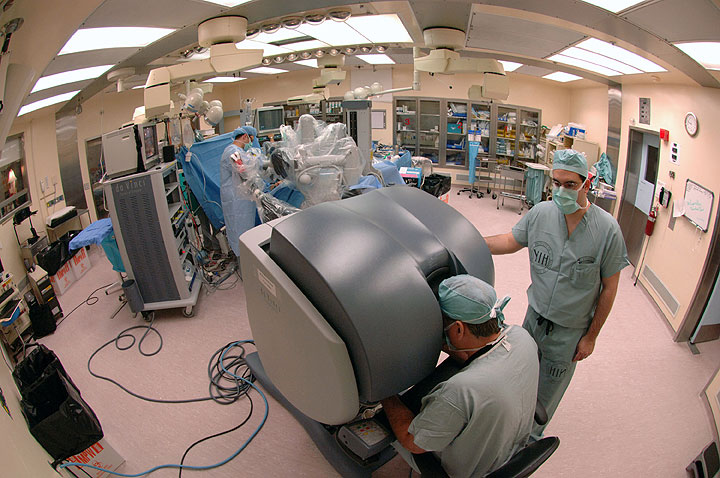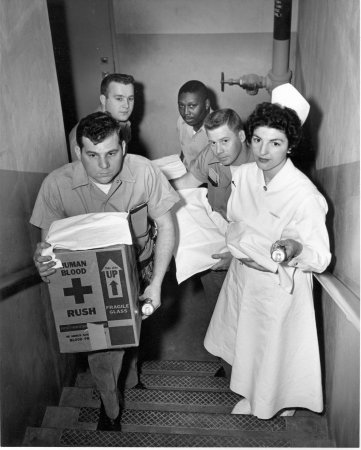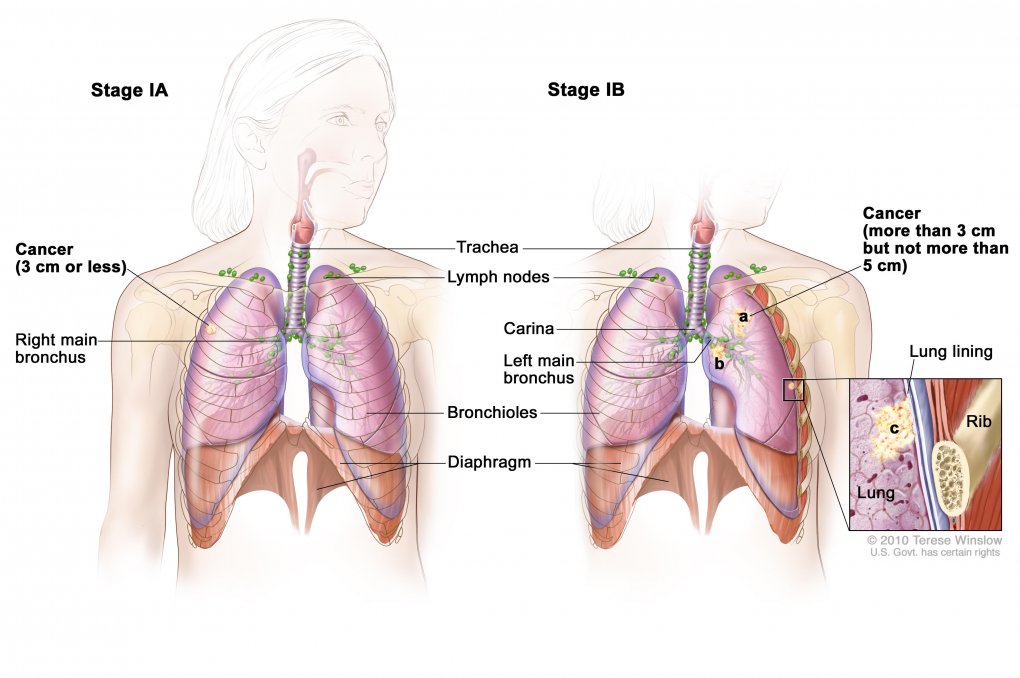Open SESAME: A New Way to Clear the Heart’s Passageways
Minimally Invasive Procedure Provides Help for Ailing Hearts
In the story of Ali Baba and the Forty Thieves, two magic words were necessary to open the cave where treasure was hidden. At NIH, researchers are applying those same special words, ‘open sesame,’ to unlock a chamber that is similarly difficult to access. In this case, however, it’s the left ventricle of the human heart.
“Enter one of the greatest acronyms in medicine: Open SESAME,” says IRP senior investigator Robert Lederman, M.D., who leads the IRP’s Laboratory of Cardiovascular Intervention. “That’s what we’re doing: opening up space in the heart.”


